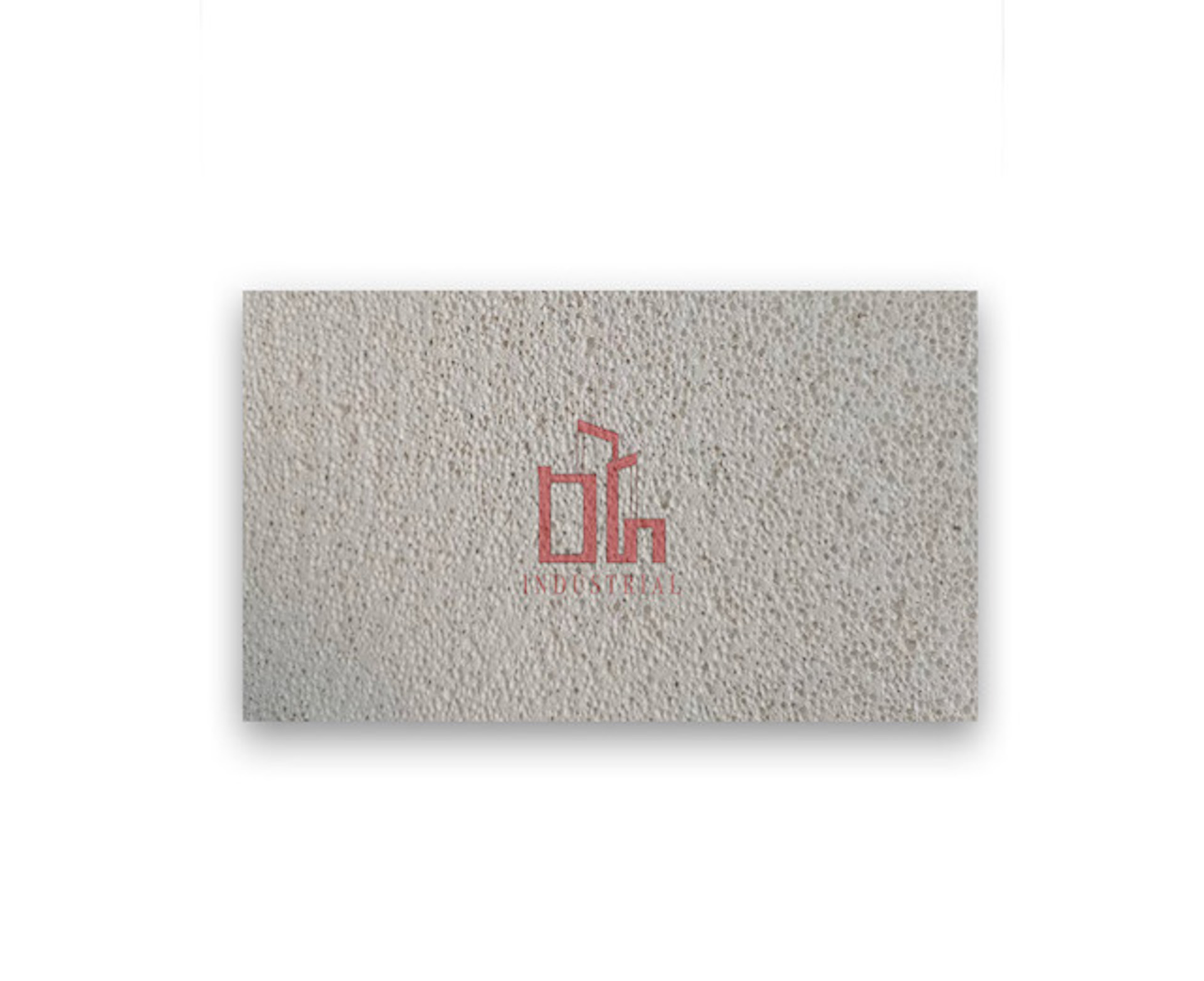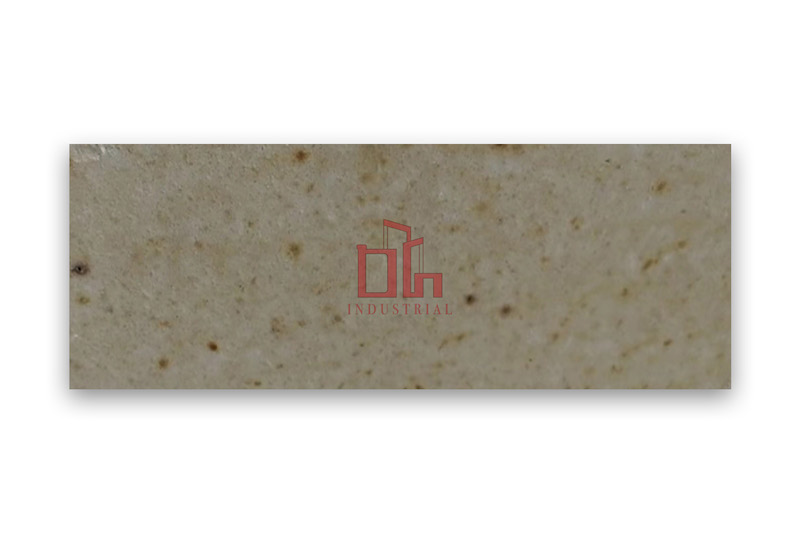Magnesia Bricks and High Alumina Bricks are two common types of refractory bricks used in various industries. Although they both have high heat resistance, there are some differences between them in terms of composition and performance.
-
Composition:
- Magnesia Bricks: Magnesia bricks are primarily made of magnesia (MgO) as the main component. They may also contain a small amount of additives or impurities.
- High Alumina Bricks: High alumina bricks are mainly composed of alumina (Al2O3), which is typically above 48%. They may also contain other additives to enhance their properties.

-
Refractoriness:
- Magnesia Bricks: Magnesia bricks have excellent refractoriness, which means they can withstand extremely high temperatures. They have a higher softening temperature compared to high alumina bricks.
- High Alumina Bricks: High alumina bricks also have good refractoriness, but their softening temperature is relatively lower than that of magnesia bricks.
-
Resistance to slag and corrosion:
- Magnesia Bricks: Magnesia bricks have high resistance to basic slag, making them suitable for applications where they come into contact with basic or alkaline materials.
- High Alumina Bricks: High alumina bricks have better resistance to acidic slag and corrosion, making them suitable for applications where they encounter acidic materials.

-
Thermal shock resistance:
- Magnesia Bricks: Magnesia bricks have relatively lower thermal shock resistance due to their inherent chemical composition.
- High Alumina Bricks: High alumina bricks have better thermal shock resistance, allowing them to withstand rapid temperature changes without significant damage.
-
Application:
- Magnesia Bricks: Magnesia bricks are commonly used in industries such as steelmaking, cement, and glass manufacturing, where they are exposed to high temperatures and basic environments.
- High Alumina Bricks: High alumina bricks find applications in industries such as petrochemicals, ceramics, and non-ferrous metal refining, where they are exposed to high temperatures and acidic environments.
In summary, the primary difference between magnesia bricks and high alumina bricks lies in their composition, refractoriness, resistance to slag and corrosion, thermal shock resistance, and their respective applications. Understanding these differences is crucial in selecting the appropriate refractory brick for specific industrial needs.

